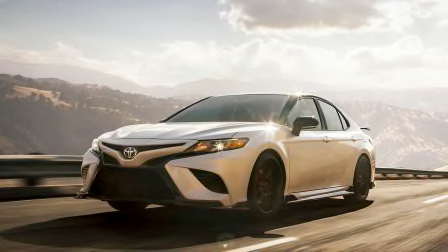Your Car Maintenance Checklist
A guide to common services and their price ranges
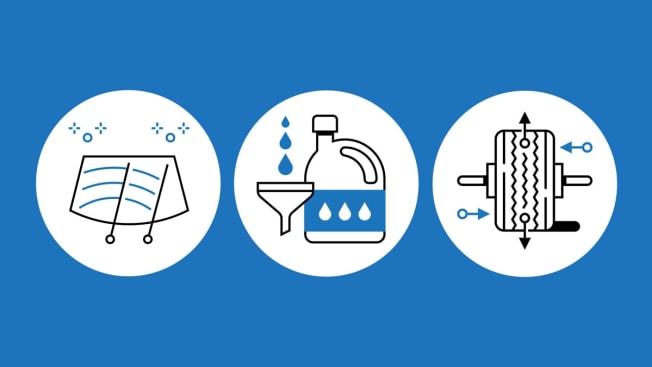
Nothing will do more to make your car last longer than keeping on top of basic upkeep, CR’s experts say. While the best source for maintenance intervals is your car’s owner’s manual, these are the general guidelines.
Also read How to Save Money on Car Repairs.

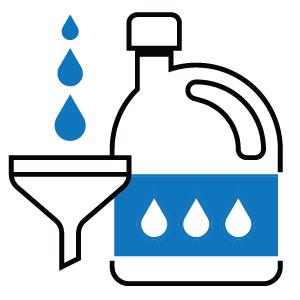

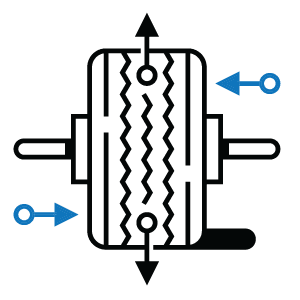
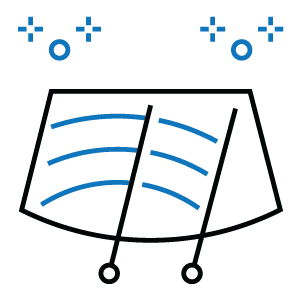
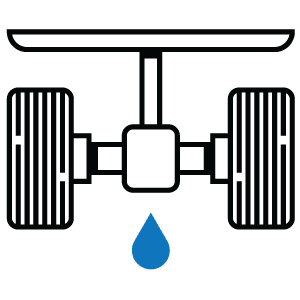
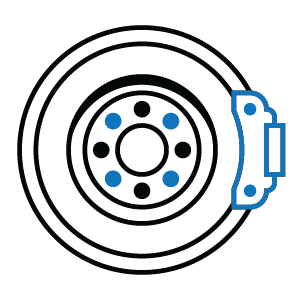



CR's Car Repair Assistant
Get an estimate for car maintenance and repair work, and have your car fixed right from a network of more than 2,000 shops that guarantee high-quality work at a fair price.
Upkeep Your Car May Not Need
A repair facility may recommend a service more frequently than your car manufacturer recommends or repairs that go beyond fixing what’s presently broken. While more frequent maintenance certainly won’t hurt your car, overkill means overpaying in most cases. Here are services you may not need.
Tighter service intervals: If your mechanic suggests that you come in for oil changes or tire rotations more frequently than what’s in the car’s owner’s manual, don’t be afraid to ask why or to push back if you don’t think your driving counts as “severe duty.”
Editor’s Note: This article also appeared in the May/June 2024 issue of Consumer Reports magazine.


















